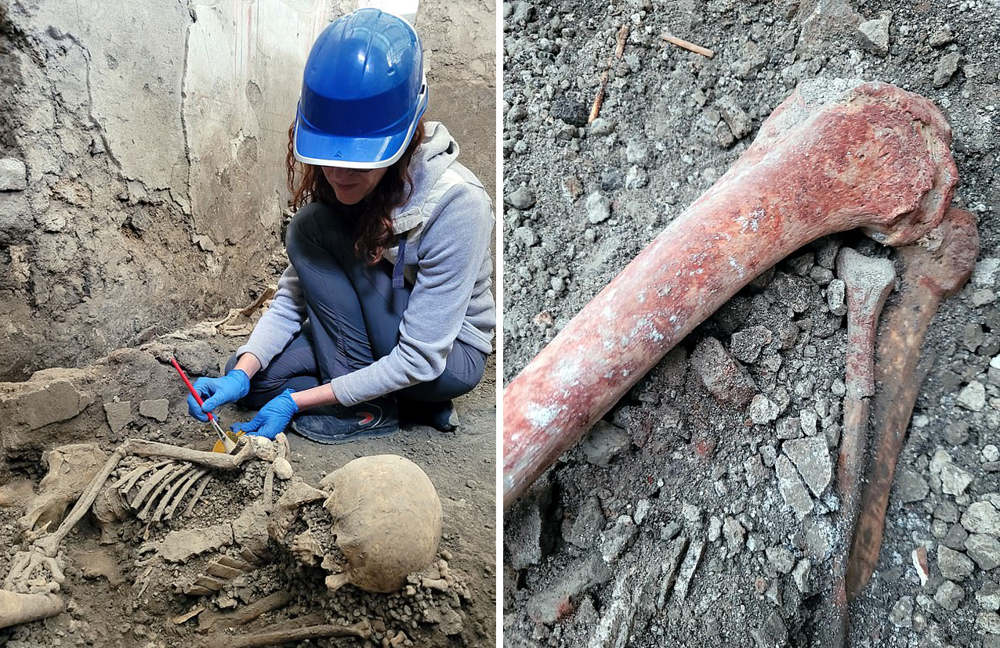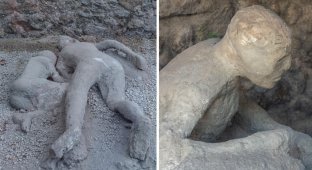Analysis of skeletons from Pompeii showed that not all victims died from a volcanic eruption (8 photos)
The eruption of Vesuvius is one of the most famous natural catastrophes in a history that buried more than 1,000 people under a layer of burning ashes. Now, however, experts have found unequivocal confirmation the fact that some of the inhabitants and guests of Pompeii died as a result of earthquakes that occurred simultaneously with the eruption. 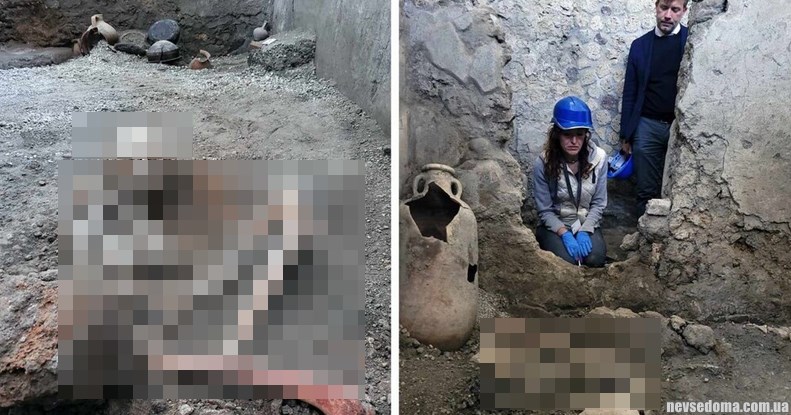
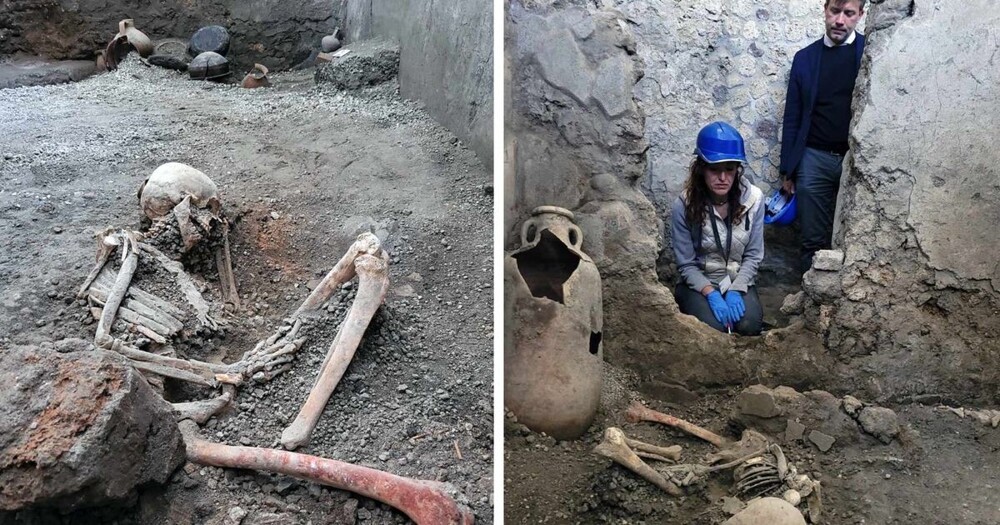
Two skeletons belonging to men at least 55 years old were found under a wall that collapsed before it was consumed by the ashes. Experts determined that both victims had died from "multiple injuries", and the latest technology has allowed scientists to trace their final moments life.
“In recent years, we have realized that during the eruption there were strong, powerful seismic events,” explains Gabriel Zuchtrigel, director of the Pompeii Archaeological Park. — Modern methods excavations help us better understand that hell, which in two days completely destroyed the city of Pompeii, killing many of the inhabitants: children, women and men. 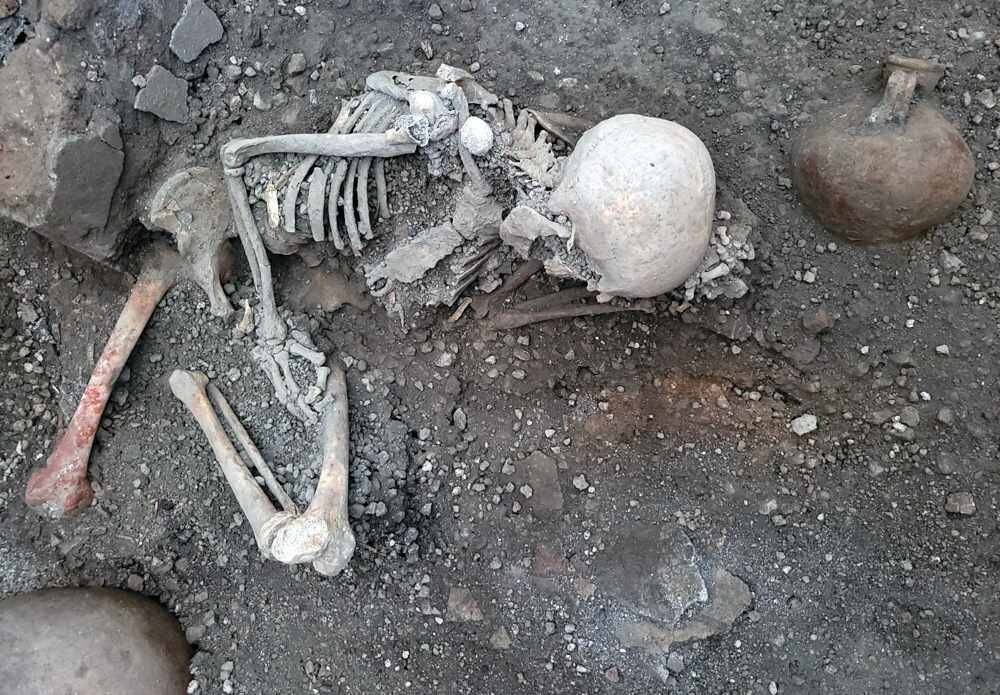
Two skeletons were found during the excavation of the house Insula dei Casti Amanti [Island of the Chaste Lovers] which was closed to the public due to restoration. Experts believe that men went there in search of shelter and died from multiple injuries when the building collapsed. Coins were found next to the bodies. necklace beads, as well as organic material, which, judging by everything that was once cloth. 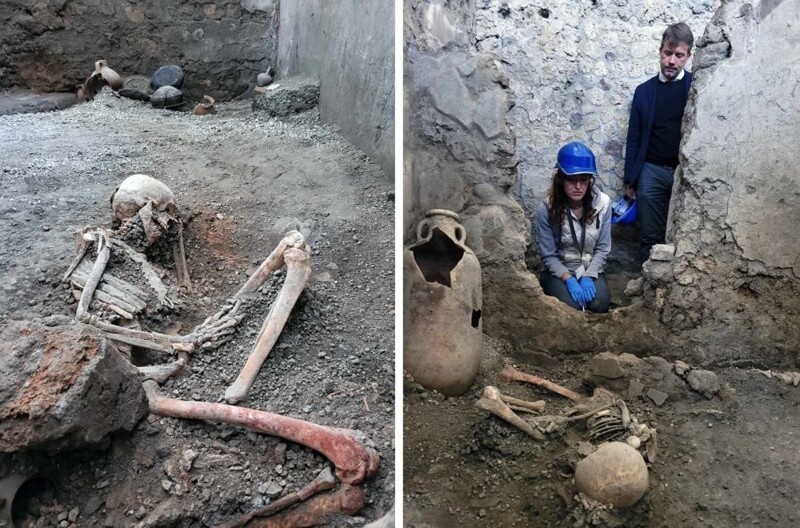
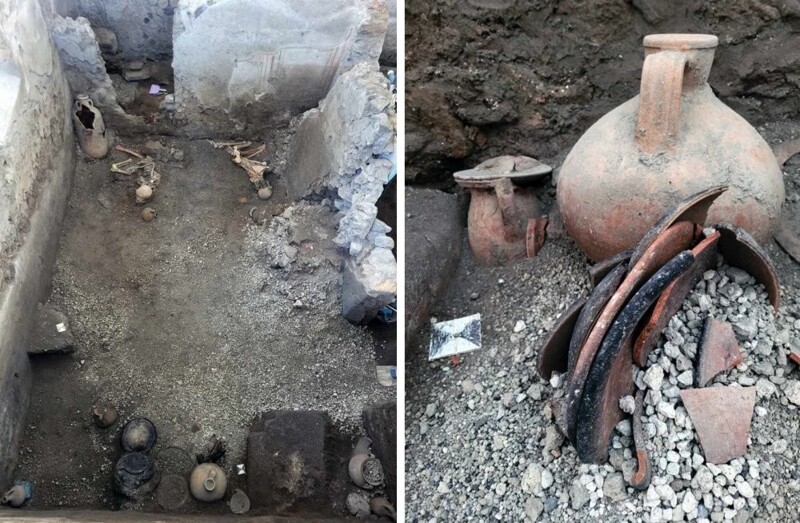
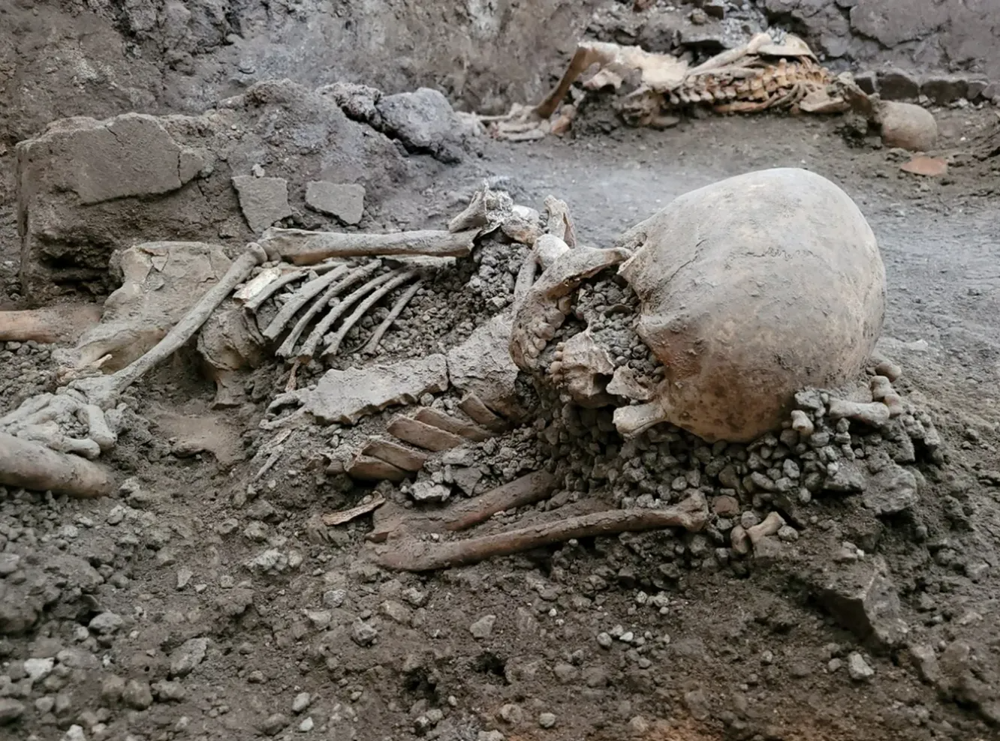
"Discovery of the remains of two Pompeians, which occurred during the restoration of the Insula dei Casti Amanti, demonstrates how much remains to be learned about the terrible eruption. 79 AD And confirms the possibility of continuing scientific research and excavations, - Italian Minister of Culture Gennaro Sangiuliano said. — Pompeii — this is a huge archaeological laboratory, which in recent years gained strength, surprising the world with continuous discoveries and demonstrating Italian superiority in this sector". 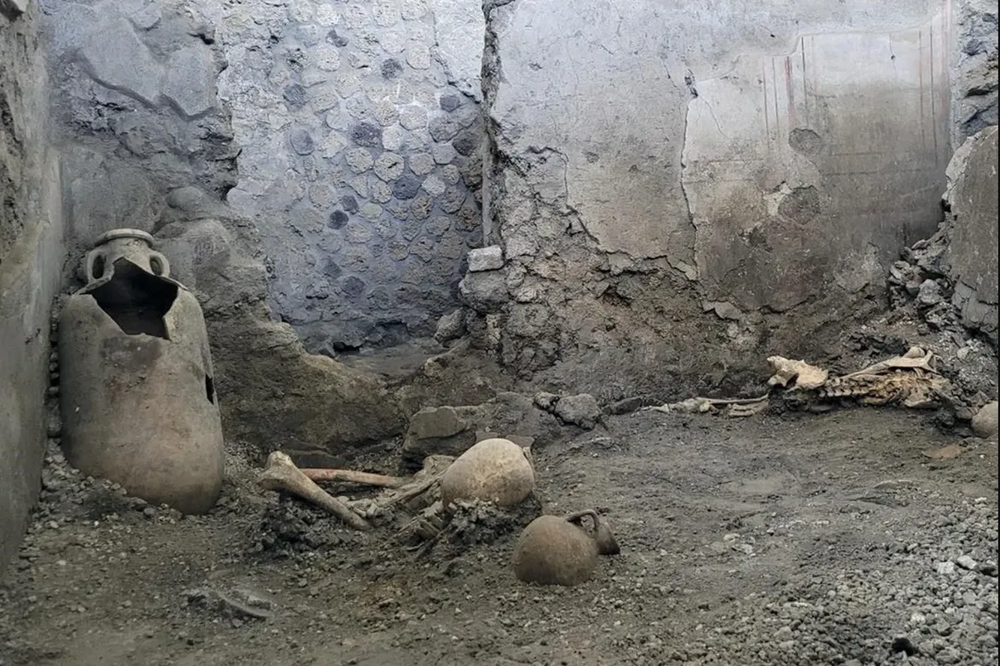
79 AD eruption buried not only Pompeii, but also the cities of Oplontis and Stabiae, and Herculaneum was destroyed by a mudflow. Numerous inhabitants of these cities seemed to be frozen in time - their bodies remained under a protective layer of ash before eventually decomposed. From the mid-1800s, bodies began to be replaced with plaster casts to recreate the last moments of the victims of the eruption. 
To this day, Vesuvius is considered one of the most dangerous active volcanoes in the world; its last eruption occurred in 1944 year. More than 60 towns and villages are in the "danger zone", which may be covered with ash during the next major eruption. The Vesuvius Observatory monitors ground deformations, seismic activity and chemicals in the soil to prepare for worst case scenarios. 